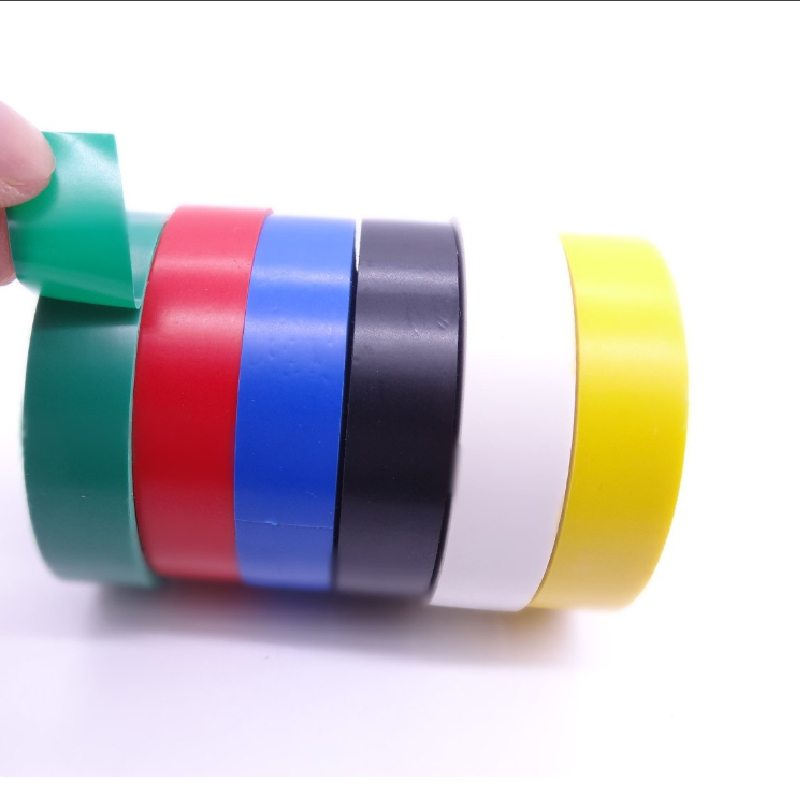The Benefits of Butyl Rubber Roof Sealant A Comprehensive Overview
When it comes to maintaining the integrity of your roof, choosing the right sealant is essential. Butyl rubber roof sealant has emerged as a popular choice among homeowners and contractors alike, thanks to its impressive properties and versatility. This article will explore the benefits of butyl rubber roof sealant, its applications, and why it stands out in the world of roofing materials.
What is Butyl Rubber?
Butyl rubber is a synthetic rubber that is known for its excellent adhesive qualities and superior sealing capabilities. This elastomer is made from a copolymer of isobutylene and isoprene, which results in a flexible material that can withstand various environmental conditions. Its unique formulation provides a high degree of resistance to water, air, and other elements, making it an ideal option for roofing applications.
Key Benefits of Butyl Rubber Roof Sealant
1. Water Resistance One of the standout features of butyl rubber sealant is its exceptional water resistance. This quality is crucial for preventing leaks and moisture intrusion, which can lead to severe structural damage over time. By using butyl rubber sealant, homeowners can ensure that their roofs remain sealed against rain, snow, and humidity.
2. Longevity and Durability Butyl rubber is designed to withstand the test of time. Unlike some other sealants that may crack or degrade when exposed to harsh UV rays or extreme temperatures, butyl rubber maintains its integrity. This durability means that once applied, the sealant can last for many years, reducing the need for frequent reapplications and maintenance.
3. Adhesion Properties The adhesive properties of butyl rubber sealant are noteworthy. It provides a strong bond to various substrates, including metal, concrete, wood, and plastic. This versatility allows it to be used in a wide range of roofing projects, from sealing seams and joints to repairing leaks around flashing and vent pipes.
butyl rubber roof sealant

4. Easy Application Butyl rubber sealants are typically available in caulk tubes or cartridges, making them easy to apply with standard caulking guns. The sealant can be applied in various weather conditions, including cold temperatures, as it remains flexible and workable. This ease of application means that both DIY enthusiasts and professionals can achieve a reliable seal without extensive training or equipment.
5. Non-Hazardous and Environmentally Friendly Many butyl rubber sealants are free from solvents and harmful chemicals, making them safer for both the environment and those working with them. This feature is increasingly important for contractors and homeowners who are concerned about the ecological impact of their building materials.
Applications of Butyl Rubber Roof Sealant
Butyl rubber roof sealant can be used in various applications, including
- Flat Roofs It is particularly effective for sealing flat roofs, where water pooling can be an issue. - Metal Roofing The sealant adheres well to metal surfaces, providing a reliable barrier against leaks. - Roof Repairs It is an excellent choice for repairing existing roofs, as it can seal around damaged areas, flashings, and roof vents. - Sealing Joints and Edges Butyl rubber sealant is perfect for sealing seams, lap joints, and other vulnerable areas that require protection from water ingress.
Conclusion
In summary, butyl rubber roof sealant offers numerous advantages that make it an excellent choice for roofing projects. Its water-resistant properties, durability, superior adhesion, ease of application, and environmental consideration position it as a reliable solution for both contractors and DIY homeowners. Whether you're looking to seal a new roof, make repairs, or protect vulnerable areas, butyl rubber roof sealant provides a robust and lasting defense against the elements. Investing in this high-quality sealant can significantly extend the life of your roof, ensuring your home remains safe and dry for years to come.
-
XIANGFAN Rubber Tape-Ultimate Solutions for All Your Insulation NeedsNewsJun.24,2025
-
XIANGFAN Rubber Tape-Protection for Industrial and Residential ApplicationsNewsJun.24,2025
-
XIANGFAN Rubber Tape: Superior Safety and Sealing for Demanding EnvironmentsNewsJun.24,2025
-
XIANGFAN Rubber Tape: Reliable Solutions for Every Electrical ChallengeNewsJun.24,2025
-
XIANGFAN Electrical & Industrial Tape: Powering Reliability Across IndustriesNewsJun.24,2025
-
XIANGFAN Electrical & Industrial Tape: Excellence in Every ApplicationNewsJun.24,2025
